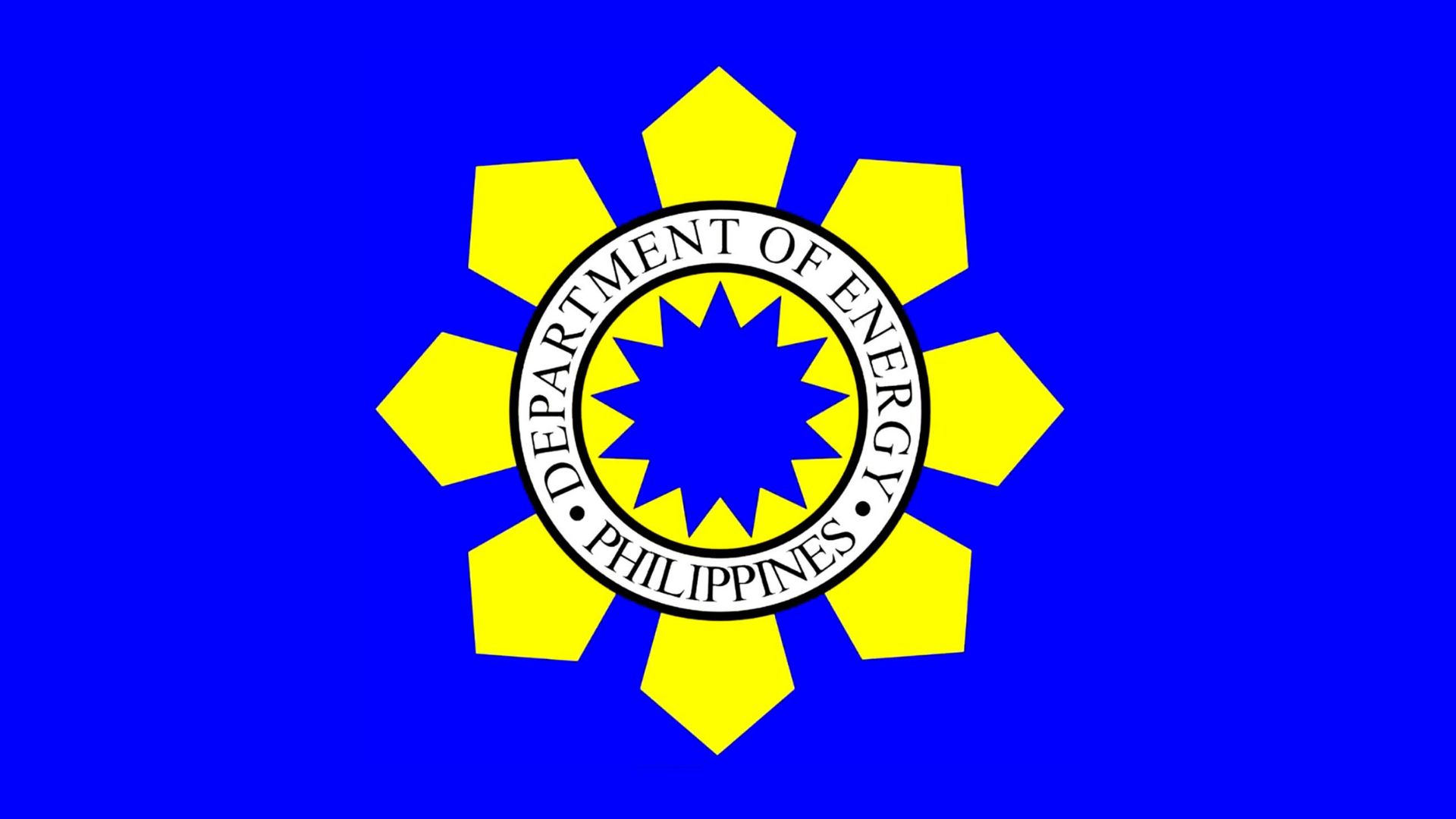DOE eyeing US ‘transition financing’ for energy projects.
- May 3, 2023
- 0

The Department of Energy (DOE) looks to request “transition financing” from the United States, which will be directed toward enhancing the country’s climate resilience and promoting a greener energy infrastructure.
In a report by Manila Bulletin, Energy Secretary Raphael P.M. Lotilla explained that the country’s energy diplomacy centers on gaining access to transition financing for technology. This is because they do not want to add the burden of energy transition to Filipinos who are already struggling and were not responsible for causing the problem in the first place.
Mr. Lotilla will open the discussion on the country’s bid for access to transition financing in a scheduled meeting with American Energy Secretary Jennifer Granholm, during President Ferdinand Marcos Jr.’s official five-day official visit to the US.
Transition financing pertains to financial aid that developed nations, such as the United States, may provide to developing nations, to enable them to convert their energy infrastructure into a more resilient and low-carbon system.
Regarding the susceptibility of energy facilities to the impacts of climate change, Lotilla stated that some of the secured international funding could be allocated to enhance the country’s transmission lines.
He mentioned that during the last super typhoon in Luzon, all the 69kV lines were destroyed for several weeks, leading to power interruptions in Nueva Ecija, Aurora, and Quezon, among other provinces.
In essence, a variety of financial institutions, such as banks, development financial institutions, multilateral lenders, and other investors, can offer transition financing.
For instance, the Green Climate Fund is a prominent transition financing platform that was created under the United Nations Framework Convention on Climate Change (UNFCCC), in which its primary objective is to assist developing countries in their initiatives to mitigate and adapt to the impacts of climate change.